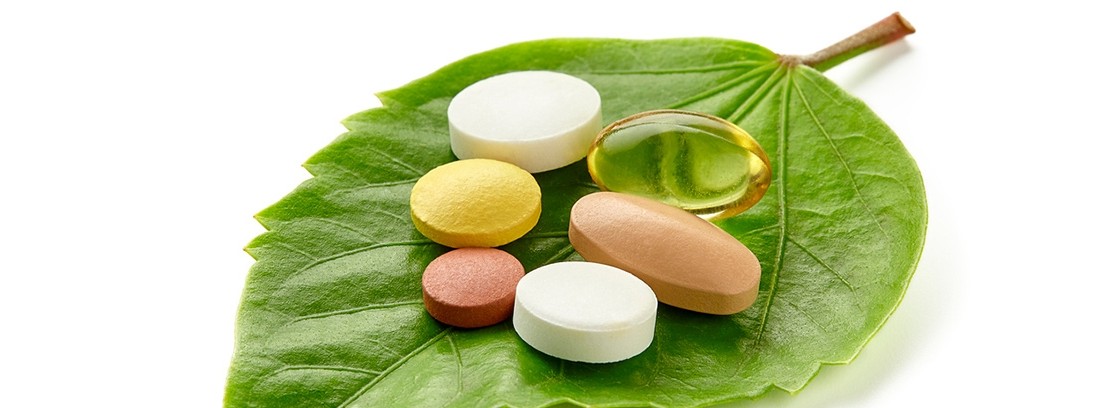Natural allies to keep sugar at bay

Plants with mucilages
They are the most used since they have the ability to absorb water, forming viscous solutions or gelatinous masses that, mixed with food, are capable of delaying the absorption of carbohydrates (carbohydrates). This delay in absorption means that large levels of glucose do not reach the blood at once.
Among the plants with mucilages most used are:
- The guar (Cyamopsistetragnolobus L), from which a mucilage known as guar gum is obtained by crushing the seeds.
- The seeds and cuticles of ispaghula (Plantago ovata Forskal) that also form very viscous gels.
- The fenugreek or fenugreek (Trigonella foenum-graecum L) whose seeds, in addition to mucilage, have an alkaloid (trigonelline) that has also shown hypoglycemic effects.
A plant from the Ayurvedic tradition
Gymnema (Gymnema sylvestre (Retz.) R.Br. ex Schult) is native to India where it has traditionally been used for what is called there "madhu-meha" (honey urine). The Hindu name of the plant "gurmar" means sugar suppressant.
This plant is interesting for two types of action:
- One is that if the leaves are chewed, it acts on the taste buds in such a way that the ability to differentiate the sweet taste is suppressed, so that the sweets are little or not at all appetizing, thus helping to overcome the "temptation".
- The second action is the one studied with the aqueous extracts of the leaves (in pre-dosed form) that has been shown to increase the production of insulin in people with type 2.
In clinical trials conducted in patients with type 2 diabetes treated with oral hypoglycemic drugs combined with gymnema extract, there was a significant decrease in blood pressure, allowing the dose of oral antidiabetics to be reduced, so it should always be taken under the supervision of a doctor to, if necessary, readjust the dose of the drugs. medicines.
These extracts come in capsule form to be taken after meals.
What you should know:- Some plants, along with diet and exercise, can help keep sugar at bay in type 2 diabetics, especially at the beginning.
- The most widely used plants are those rich in mucilage, such as guar, ispágula or fenugreek.
- They are presented in sachets or capsules so that they are comfortable to take.
(Updated at Apr 14 / 2024)